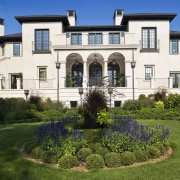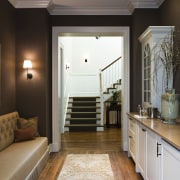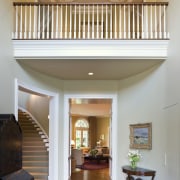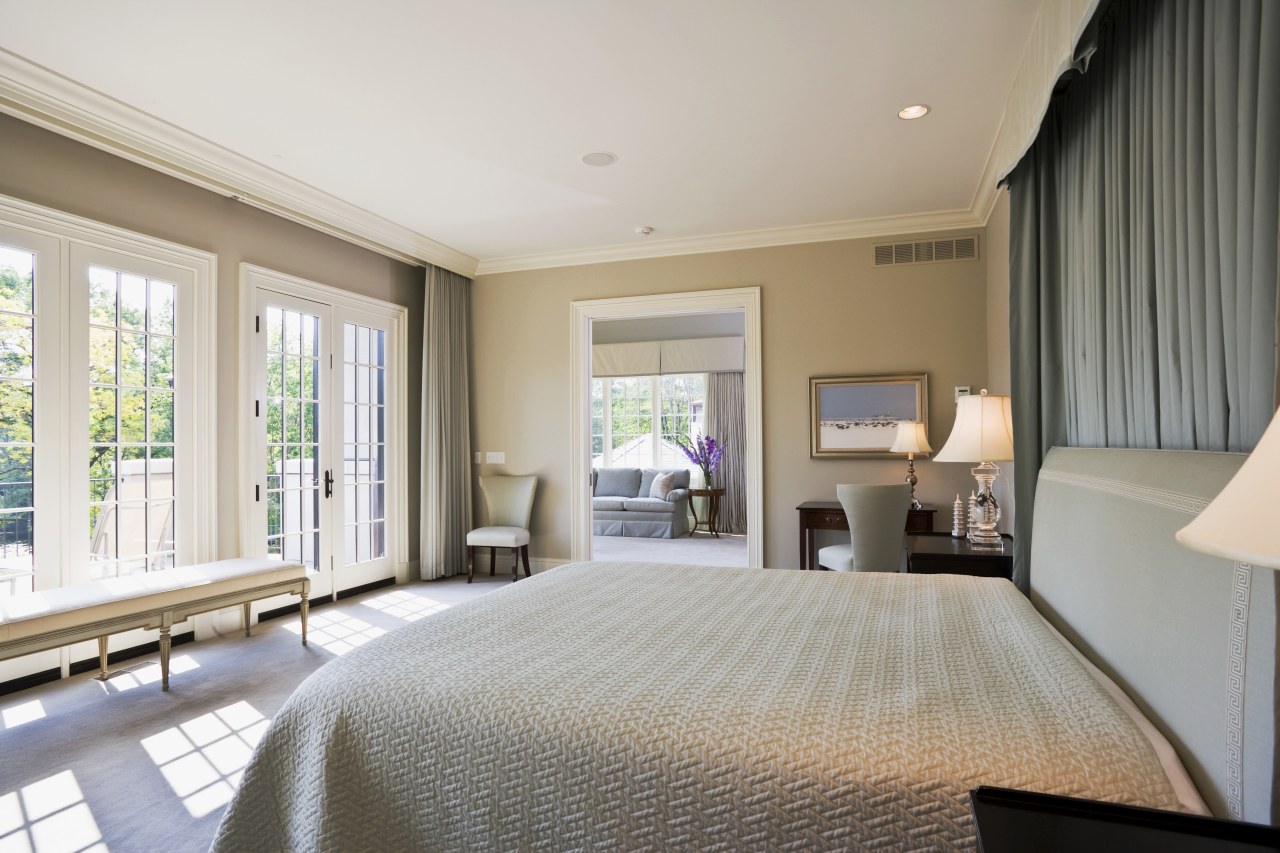True to form
Renaissance architect Andrea Palladio inspired the design of this grand Italianate residence, which is an exercise in authenticity

Andrea Palladio has been called the most influential architect of the whole Renaissance. So it's not surprising that his architectural legacy continues to inspire designers and homeowners especially those looking to create a home that can be handed down through generations.
Peter MacDonald of Peter Stafford MacDonald Residential Design, the architectural designer of this house, says Palladio's work and a desire for authenticity determined every aspect of the home's design and construction.
"The owners expressed considerable interest in classic revival architecture, with the Renaissance period being the strongest design influence," he says. "However, the house is a somewhat restrained version of Palladio's architecture, which at times was rather more playful. This style is more indicative of a neoclassical Renaissance."
Key design elements that reference this era include the central loggia flanked by two towers, which were originally designed in the 16th century as places to escape marauding enemies. The house also features a traditional piano nobile this is the elevated terrace that runs the length of the house, and looks out over a picturesque area of wetlands.
"The piano nobile sits on a substantial stone base, much like the fortifications on those original houses," says MacDonald.
The symmetry of the towers, windows and arched doors, and the low-hipped roof are all typical Renaissance features. The broad overhangs of the eaves, which are also characteristic of the look, provide a sense of shelter. A decorative dentil band that runs around the exterior of the house is another traditional reference.
MacDonald says authenticity was a key focus, not just for the design team but also for the builder, David Erotas of Erotas Building Corporation.

"All the walls have increased density, so they are nearly 300mm thick. This provides very deep openings that enhance the sense of solidity and permanence," he says. "We also made the doors overweight, so their heaviness reinforces the substantial feel of the interior this is a house built for future generations."
MacDonald says the house was designed and positioned to maximise the sunny aspect, and the view. As the best angle for the terrace was at 45° to the front of the house, the plan has two axes. This means the rooms facing the view, including the family living areas, are at a 45° angle to the foyer and formal living and dining rooms.
"One of the key challenges was to try and hide this change of direction, so you don't have to make a conscious turn when moving through the different spaces," the designer says. "The provision of curved transition areas helps achieve this. A slight curve in the foyer, for example, accommodates this change of direction without it being noticed."
The spacious entry leads to both the formal and informal living areas, which have a soft, warm colour palette. Interior designer Jeremy Wunderlich of Hanson Nobles Wunderlich says the owners wanted a classic, monochromatic look, with no jarring elements.
"Their previous home in New York was a pre-war apartment with classical architecture, and they wanted to re-create the look," he says. "Their existing furniture worked very well with this style."
Wunderlich says colours were largely limited to soft yellows, creams and warm neutrals. Contrasting textures and a variety of wallcoverings add richness, and a sense of luxury.
The wallcoverings include a paper-backed silk for the formal dining room, a burlap paper in the intimate bar hall, and a ticking stripe paper for the kitchen, which complements the soft cream tones of the cabinetry.
The formal dining and living rooms feature traditional, white-painted wall panelling.
"We took care to ensure the rooms' proportions would be in keeping with the size of the house," says MacDonald. "The spaces needed to be ample, but not oversized comfort was paramount. All the mouldings were scaled to be in keeping with these proportions."
The quality of the construction can be seen on all levels of the three-storey house, particularly in the extensive basement, which features media and recreation rooms, a six-car garage, gymnasium and an Olympic-sized lap pool. Structurally and mechanically, the pool is isolated from the house, and is effectively a building within a building, with separate services for each.
For the seasoned Erotas building team, constructing the pool was more like a commercial project than a residential one.
"The logistics of building an indoor pool, including the structural aspects, HVAC and mechanical systems, meant the project was more in keeping with a small hotel," says David Erotas.
MacDonald says the entire house has been built to standards that are double that required by building regulations.
"This is a house that will still be standing hundreds of years from now."
Credit list
Interior designer
Structural engineer
Kitchen manufacturer
Roofing
Exterior lighting
Paints and varnishes
Flooring
Fireplaces
Dining room drapes
Family room furniture
Living room furniture
Taps
Refrigeration
Builder
Kitchen designer
Siding
Audiovisual system
Interior doors
Interior lighting
Dining chairs
Family room wallcoverings
Family and living room drapes
Kitchen benchtops
Ovens and cooktop
Story by: Colleen Hawkes
Photography by: Jamie Cobeldick True to form Renaissance architect Andrea Palladio inspired
Home kitchen bathroom commercial design














